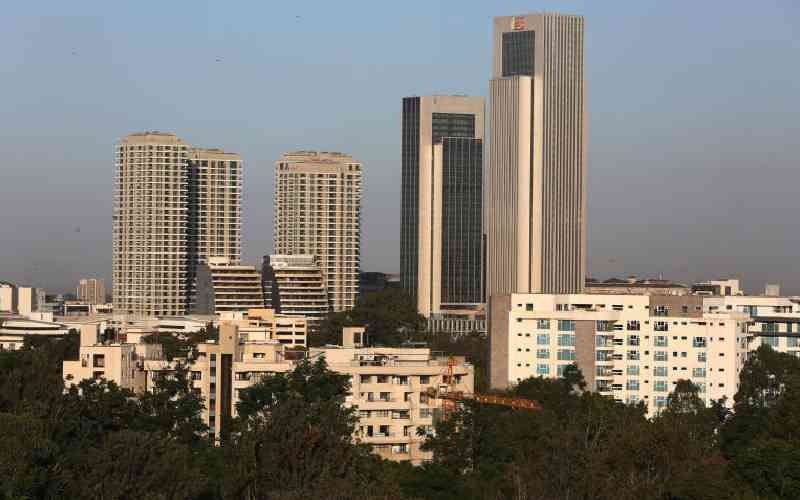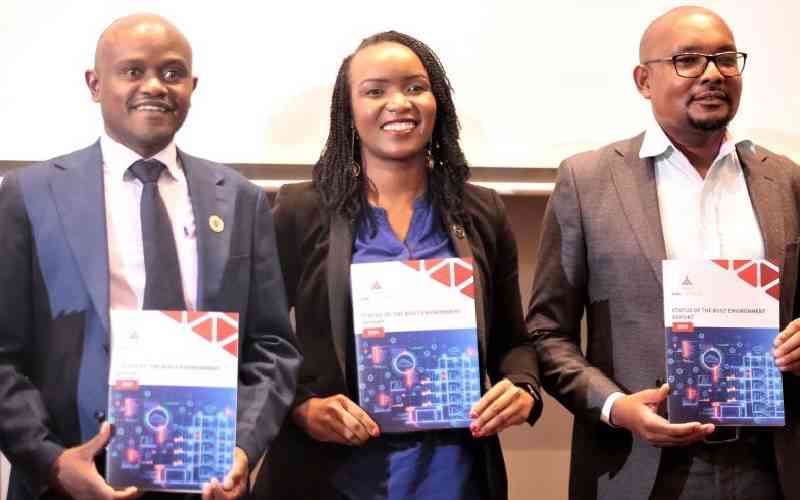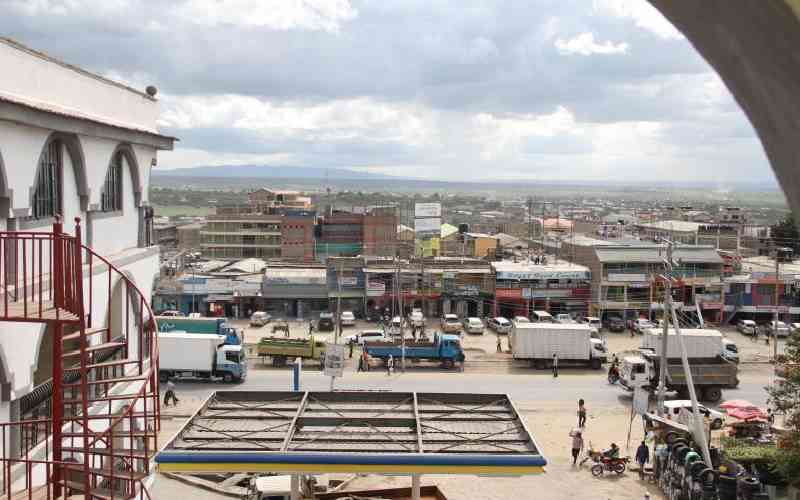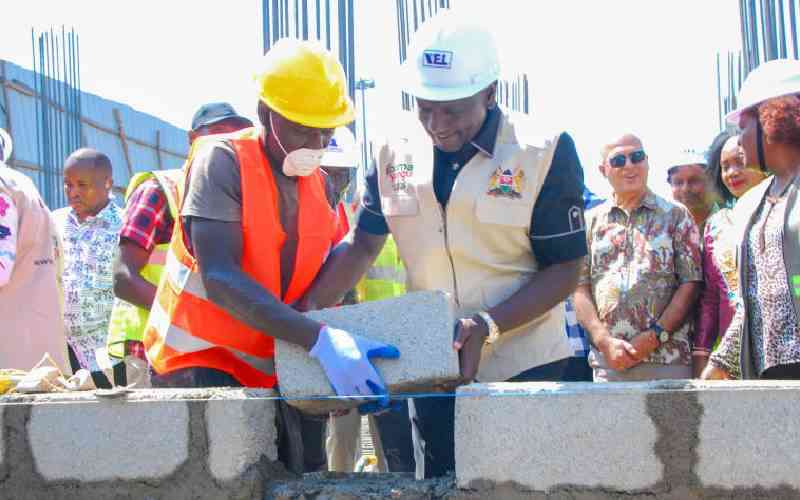
Africa’s cities must think beyond the traditional competitiveness indicators and prioritise climate action, sustainable energy and the green economy for future success, a new competitive city tracker has revealed.
The City Competitiveness Redefined Tracker, from global sustainable development consultancy Arup, shows that cities must think beyond traditional indicators like economic performance and transport infrastructure to continue to attract investment.
Authors of the report warn that cities need to focus far more on issues like climate action and demographic shifts to be successful in the future.
Cairo, Harare, Lagos and Nairobi were rated as ‘emerging cities’ – the lowest in the tracker with Nairobi scoring position 11 out of the 12 after Mexico City with Phnom Penh, the Capital of Cambodia lagging.
In the category, Ahmedabad leads as Cairo, Dhaka, Hanoi, Harare, Hyderabad, Jakarta, Lagos and Metro Manila follow in that order. But analysis revealed all the cities have strong potential for future competitiveness with the right action.
Tackling a high flood risk in Cairo and taking advantage of solar energy potential in Harare were among the recommendations to help African cities reach their future potential.Leveraging Nairobi’s assets to capture new opportunities in the green economy and building on Lagos’ strong start on climate action planning could also help boost potential success.
The tracker shows which urban centres are best placed for long-term success.
It measures 63 cities against 37 future success indicators – with around a quarter focused on climate action.
These indicators span four key assessment areas for city competitiveness; investor attractiveness, assets and infrastructure, liveability and liveability, and urban management and governance.
“Africa’s cities have clear potential to be among the best performers of the future if they think beyond traditional economic and infrastructure indicators,” said Vicky Evans, Director of Cities Planning Design at Arup UK, India, Middle East and Africa.
“Climate shocks and the green transition mean cities face different challenges and opportunities to those they have seen in the past. Africa must build resilience into every aspect of planning and operations – from changing climates to energy and water security – to help boost attractiveness to investors and citizens.”
Paris, Vancouver and Singapore are among those rated as best placed to be leaders of the future with a ‘best in class’ rating.
Other cities around the world were rated as ‘aspiring’, ‘contender’, or ‘leader’ based on preparedness for long-term success. The analysis up-ends some traditional assumptions about globally competitive cities and reveals how tomorrow’s leaders could be quite different from successful cities today.
Lima is a leader in investor attractiveness, showing potential to challenge traditional powerhouse cities, with Peru rising as a regional leader in green finance.
Cities like Seoul, Melbourne, and Buenos Aires are championing climate action and resilience, and are also front-runners for investor attractiveness.
The tracker demonstrates how cities are already under siege from climate change. The World Bank estimates the number of people vulnerable to floods has risen to 1.8 billion.It has been estimated that the number of cities exposed to extreme temperatures -35°C and above - will triple by 2050. Around 200 million city-dwellers in over 350 cities live with summer temperature highs of over 35 degrees Celsius.
The number of cities exposed to extreme temperatures will triple by 2050. The report authors advise that there is a growing relationship between cities with strong climate resilience and mitigation plans, and their potential to attract and retain investment, business and talent.
And failure to manage climate risks can be detrimental to a city’s global competitiveness.
Mark Watts, Executive Director at C40 Cities, said the new tracker shows how boosting resilience is a win-win for cities and their residents. “This tracker goes beyond just telling them what they are already doing well and shows the direction they need to take to remain attractive to investors.”
According to the survey, Nairobi has made efforts to improve in key markets for liveability and loveability, sustainability and resilience.
“The city has been a member of C40 Cities since 2015 - underscoring the city’s commitment to climate action. Over the past decade, the city has worked to become more circular with the example of the Umoja Estate project turning organic waste into clean energy biogas,” said the study.
“Nairobi is also emerging as a global leader in solar power. Additionally, the city has taken community-driven approaches to reducing GHG emissions by initiating a monthly clean-up exercise at the neighbourhood level.”
The city, it says has room for improvement across all categories but the most critical area to focus on would be urban management and governance with a need for ensuring equal access to basic amenities.
“To address its long-term positioning, the city can leverage its natural assets to capture new opportunities in the green economy,” it noted.
 The Standard Group Plc is a multi-media organization with investments in media platforms spanning newspaper print
operations, television, radio broadcasting, digital and online services. The Standard Group is recognized as a
leading multi-media house in Kenya with a key influence in matters of national and international interest.
The Standard Group Plc is a multi-media organization with investments in media platforms spanning newspaper print
operations, television, radio broadcasting, digital and online services. The Standard Group is recognized as a
leading multi-media house in Kenya with a key influence in matters of national and international interest.











